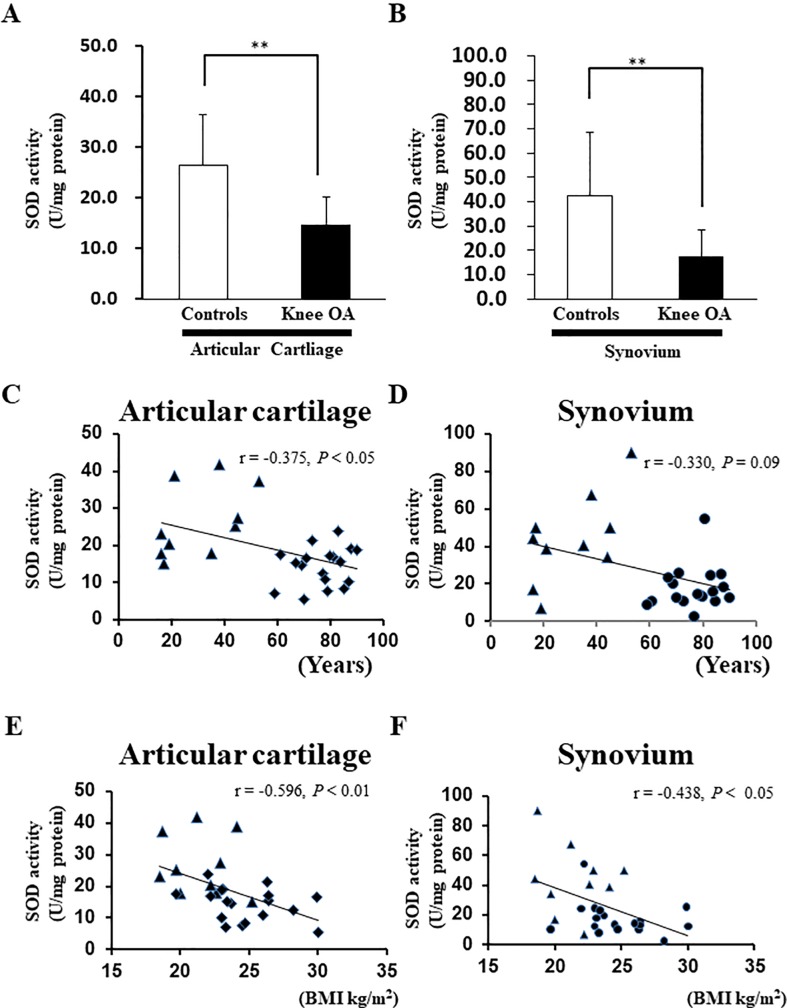Fig 2. Superoxide dismutase (SOD) activity in the cartilage and synovium of patients with end-stage knee osteoarthritis (OA).
(A) SOD activity in articular cartilage. Controls: anterior cruciate ligament reconstruction (ACLR), Knee OA: total knee arthroplasty (TKA) (***P < 0.001 versus controls, Mann–Whitney U test). Error bars show the mean ± standard deviation. (B) SOD activity in synovium. Controls: ACLR, Knee OA: TKA (N = 6, **P < 0.01 versus controls, Mann–Whitney U test). Error bars show the mean ± standard deviation. (C) Correlation between the SOD activity in cartilage and age. (▲) indicates cartilage from patients who underwent ACLR. (◆) indicates cartilage from patients who underwent TKA. Spearman’s correlation method was used to assess the correlation between the SOD activity in cartilage and age. (D) Correlation between the SOD activity in synovium and age. (▲) indicates synovium from patients who underwent ACLR. (●) indicates synovium from patients who underwent TKA. Spearman’s correlation method was used to assess the correlation between the SOD activity and age. (E) Correlation between the SOD activity and body mass index (BMI) in cartilage. (▲) indicates cartilage from patients who underwent ACLR. (◆) indicates cartilage from patients who underwent TKA. (F) Correlation between the SOD activity in synovium and BMI. (▲) indicates synovium from patients who underwent ACLR. (●) indicates synovium from patients who underwent TKA. Spearman’s correlation method was used to assess the correlation between the SOD activity and age.

